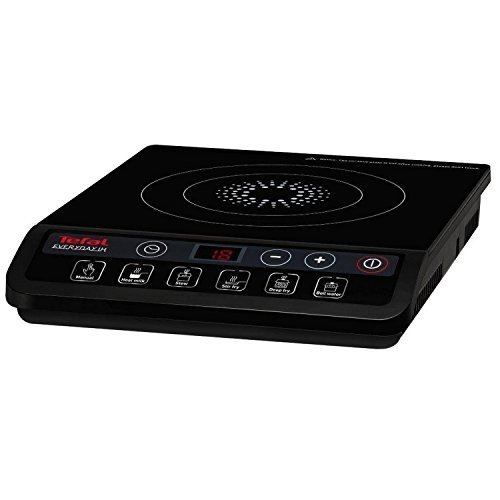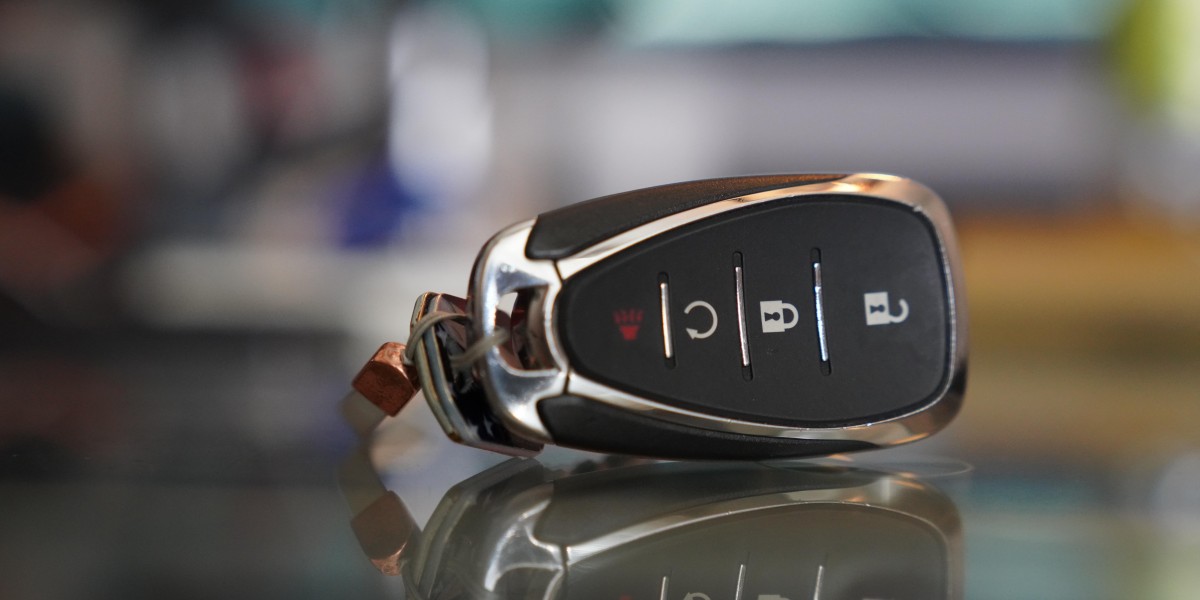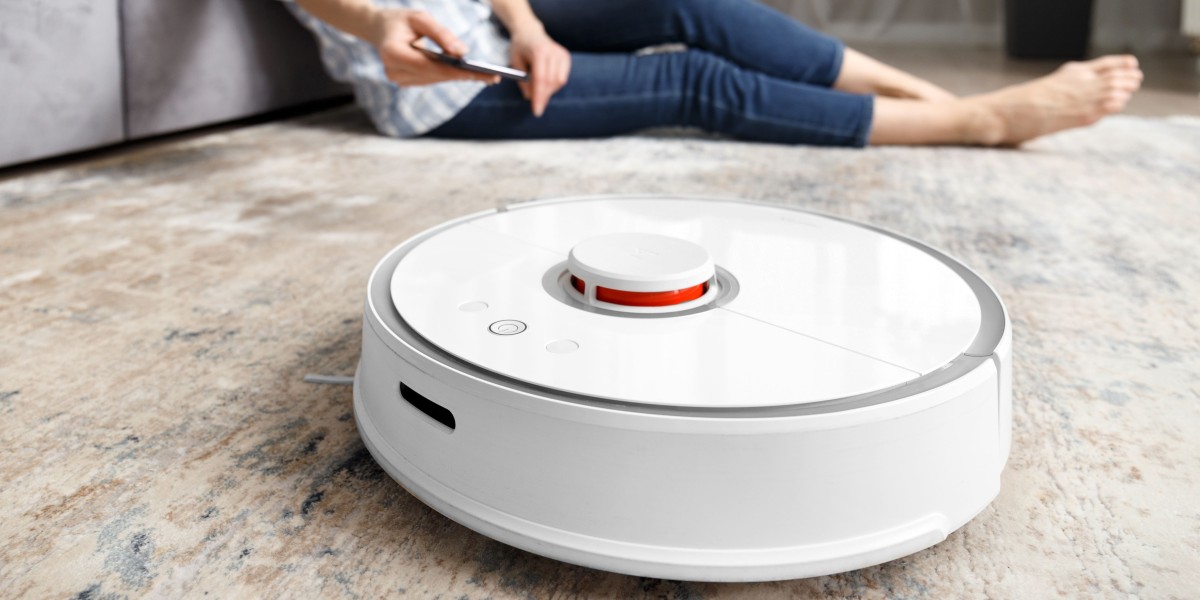
In modern kitchens, integrated electric ovens have become a popular choice among homeowners and culinary enthusiasts alike. These appliances not only enhance the aesthetic appeal of the kitchen but also offer efficient cooking capabilities. In this article, we will delve deep into what integrated electric ovens are, their features, benefits, comparisons with traditional ovens, tips for choosing the right one, and address some frequently asked questions.
What is an Integrated Electric Oven?
An integrated electric oven is designed to be built into the kitchen cabinetry, providing a seamless look that blends with the overall design of the space. Unlike freestanding or conventional ovens, which stand alone, integrated ovens are hidden within kitchen units, making them an elegant solution for modern kitchens. Depending on the design, these ovens can be positioned at eye level to make access easier and cooking more convenient.
Key Features of Integrated Electric Ovens
Integrated electric ovens come with a myriad of features that cater to various cooking needs. Here are some notable ones:
| Feature | Description |
|---|---|
| Multi-Function Cooking | Many integrated ovens offer several cooking modes such as baking, grilling, steaming, and roasting. |
| Self-Cleaning Options | Some models include a self-cleaning feature, which can significantly reduce maintenance time. |
| Smart Technology | Newer models often incorporate smart features, allowing users to control and monitor cooking from a smartphone. |
| Energy Efficiency | Integrated electric ovens typically utilize advanced insulation and heating methods, leading to lower energy consumption. |
| Space-Saving Design | These ovens are designed to fit perfectly within existing cabinetry without taking up additional floor space. |
Benefits of Integrated Electric Ovens
The advantages of installing an integrated electric oven can be compelling. Below are some key benefits:
- Aesthetic Appeal: Integrated ovens create a clean, streamlined look in the kitchen, contributing to an overall polished design.
- Convenience: Many come with features that simplify the cooking process, such as programmable timers and user-friendly interfaces.
- Space efficiency: Because they fit into cabinets, integrated ovens free up counter space, providing more room for food preparation.
- Improved Cooking Performance: With precise temperature control and even heat distribution, integrated electric ovens can achieve consistently impressive cooking results.
- Customization Options: Homeowners can select finishes, colors, and configurations that complement their kitchen décor.
Disadvantages to Consider
Despite their advantages, integrated electric ovens do come with some disadvantages:
- Cost: They tend to be more expensive than freestanding options.
- Installation: Installation can be complicated and may necessitate professional help.
- Limited Portability: Once installed, moving the oven can be a challenging task.
- Maintenance Requirements: While some have self-cleaning options, others may require more frequent upkeep.
Comparing Integrated Electric Ovens to Traditional Ovens
When deciding between an integrated electric oven and a traditional oven, it’s essential to evaluate their differences. Here’s a comparison table outlining several key aspects:
| Aspect | Integrated Electric Oven | Traditional Oven |
|---|---|---|
| Design | Built into cabinetry | Freestanding |
| Space Usage | Space-efficient | Takes up additional floor space |
| Aesthetic Integration | Seamless design | May disrupt design flow |
| Installation Complexity | Requires professional installation | Often simpler installation |
| Cost | Generally higher | Varies widely |
Tips for Choosing the Right Integrated Electric Oven
Selecting the right integrated electric oven may seem daunting given the variety available. Here are several tips to make an informed decision:
- Consider oven capacity: Assess how much cooking space you need based on the size of your household and cooking habits.
- Evaluate cooking features: Look for specific features such as convection cooking, steam temperature options, or self-cleaning modes that fit your cooking needs.
- Check energy efficiency: Opt for models with good energy ratings to save on utility bills.
- Examine user-friendliness: Controls should be intuitive – consider touchscreens versus knobs.
- Read reviews: Look at consumer feedback to gauge reliability and performance before making a purchase.
Frequently Asked Questions (FAQs)
1. Are integrated electric ovens easy to clean?
Yes, many modern integrated electric ovens come with self-cleaning options and easy-to-clean surfaces, which can simplify maintenance.
2. Do integrated electric ovens require special cabinetry?
Yes, integrated ovens should be installed in cabinetry designed specifically for them to ensure a proper fit and optimal performance.
3. How much do integrated electric ovens cost?
The cost can vary significantly based on brand, features, and capacity. Generally, they tend to range from £800 to £3,000 or more.
4. Can I install an integrated electric oven myself?
While some homeowner DIY enthusiasts may attempt the installation, it is often recommended to hire a professional, especially if electrical modifications are required.
5. What brands are known for high-quality integrated electric ovens?
Some reputable brands catering to integrated electric ovens include Bosch, Neff, Miele, and electrolux.
Integrated electric ovens make a smart addition to today’s kitchens, combining functionality with modern aesthetics. By understanding their features, benefits, and considerations, homeowners can make informed decisions tailored to their needs. As kitchens continue to evolve, these ovens represent a blend of tradition and innovation, accommodating rising culinary expectations while enhancing living spaces.








